Weather Fronts Worksheet
Understanding weather fronts is an essential topic for anyone interested in meteorology or simply curious about how weather patterns form and change. With our weather fronts worksheet, you can gain a clear understanding of the different types of fronts, their characteristics, and how they impact our daily weather. Whether you are a student studying earth science or a weather enthusiast wanting to delve deeper into this fascinating subject, our worksheet provides a comprehensive and informative resource.
Table of Images 👆
More Other Worksheets
Kindergarten Worksheet My RoomSpanish Verb Worksheets
Cooking Vocabulary Worksheet
DNA Code Worksheet
Meiosis Worksheet Answer Key
Art Handouts and Worksheets
7 Elements of Art Worksheets
All Amendment Worksheet
Symmetry Art Worksheets
Daily Meal Planning Worksheet
What is a weather front?
A weather front is the boundary between two air masses with different temperatures and humidity levels. These boundaries can bring changes in weather conditions such as rain, thunderstorms, or a change in temperature. There are different types of fronts, including cold fronts, warm fronts, stationary fronts, and occluded fronts, each with its own characteristics and effects on the weather.
How do warm fronts form and what weather conditions do they bring?
Warm fronts form when a warm air mass moves into an area of cooler air, causing the warm air to rise over the cooler, denser air. As the warm air rises, it cools and condenses, creating clouds and precipitation. This can lead to prolonged periods of steady rain or snow. Additionally, warm fronts are associated with increasing temperatures and a shift in wind direction from easterly to southerly. Other common weather conditions associated with warm fronts include high humidity, fog, and sometimes thunderstorms.
What is a cold front and how does it differ from a warm front?
A cold front is a boundary that forms when cold air advances and displaces warmer air. Cold fronts typically bring cooler temperatures, rain, thunderstorms, and a sharp change in weather conditions. In contrast, a warm front occurs when warm air moves over cold air, leading to gradual weather changes, such as light precipitation, cloudy skies, and a gradual increase in temperature.
How do stationary fronts form and what weather patterns are associated with them?
Stationary fronts form when a warm and cold air mass meet and neither is strong enough to displace the other. This creates a boundary where warm air rises over the cold air mass, leading to cloud formation and precipitation. Weather patterns associated with stationary fronts include prolonged periods of cloudy skies, light to moderate precipitation, and sometimes thunderstorms. Additionally, temperature and wind conditions can vary along the front, resulting in a mix of weather conditions within the same region.
What causes an occluded front and what type of weather is typically associated with it?
An occluded front forms when a faster-moving cold front catches up to a slower-moving warm front, lifting the warm air mass off the ground. This process creates a zone of lifting that often leads to extensive cloud cover and precipitation. The weather associated with an occluded front includes prolonged periods of rain or snow, along with possible thunderstorms and strong winds. Temperature changes can also be quite drastic as the occlusion passes through an area.
How are weather fronts depicted on weather maps?
Weather fronts are typically shown on weather maps using colored lines or symbols. Cold fronts are depicted with blue lines with triangles pointing in the direction the front is moving, while warm fronts are shown with red lines with half-circles pointing in the direction of movement. Occluded fronts are usually indicated with purple lines, and stationary fronts with alternating blue and red lines. These symbols help meteorologists and viewers easily identify and track the movement of different weather systems.
What is a frontal boundary?
A frontal boundary is a transition zone between two air masses of different temperature and humidity levels. As the warmer and less dense air rises over the cooler and denser air, it can lead to the formation of clouds, precipitation, and changes in weather conditions. Frontal boundaries are commonly associated with the development of weather systems such as rain, thunderstorms, and temperature changes.
What are some common symbols used to represent weather fronts on weather maps?
Some common symbols used to represent weather fronts on weather maps include a blue line with triangles pointing in the direction of movement for a cold front, a red line with semicircles pointing in the direction of movement for a warm front, a purple line with alternating triangles and semicircles for an occluded front, and a blue line with alternating triangles and semicircles for a stationary front.
How does the movement of weather fronts contribute to changes in weather conditions?
The movement of weather fronts plays a crucial role in changing weather conditions as they bring together air masses of different temperatures and humidity levels. When a warm front meets and rises over a cold front, it can lead to the formation of clouds, precipitation, and possibly thunderstorms. Similarly, a cold front moving into an area of warm, moist air can bring about rapid temperature drops, strong winds, and intense precipitation. The interaction between these air masses along weather fronts is what ultimately leads to changes in weather conditions such as shifts in temperature, changes in wind direction and speed, and varying levels of precipitation.
How do meteorologists use weather fronts to make weather predictions?
Meteorologists use weather fronts to make weather predictions by studying the interaction between different air masses with varying temperature, humidity, and pressure. When a warm air mass meets a cold air mass, a weather front forms, leading to changes in weather conditions such as cloud formation, precipitation, and wind patterns. By analyzing the movement and behavior of these fronts, meteorologists can forecast the associated weather changes, such as temperature shifts, storms, or clear skies, in a particular region. This information helps in predicting future weather patterns and preparing for potential hazards or severe weather events.
Have something to share?
Who is Worksheeto?
At Worksheeto, we are committed to delivering an extensive and varied portfolio of superior quality worksheets, designed to address the educational demands of students, educators, and parents.




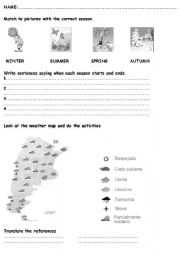

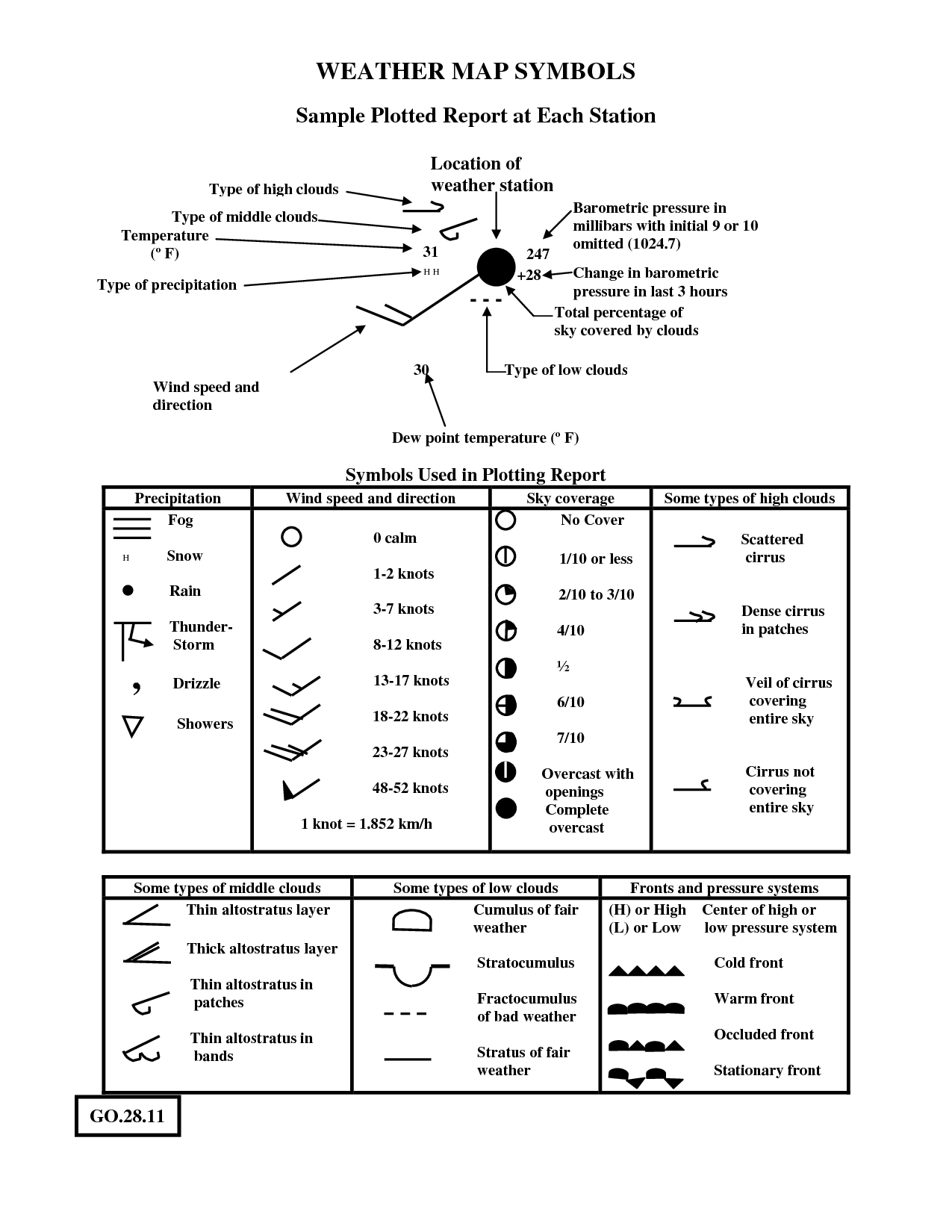
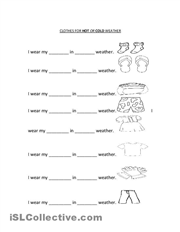

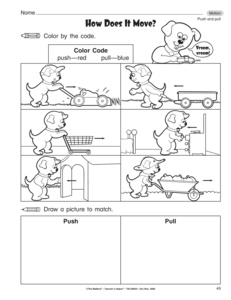
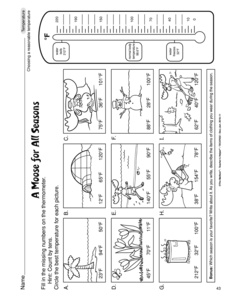
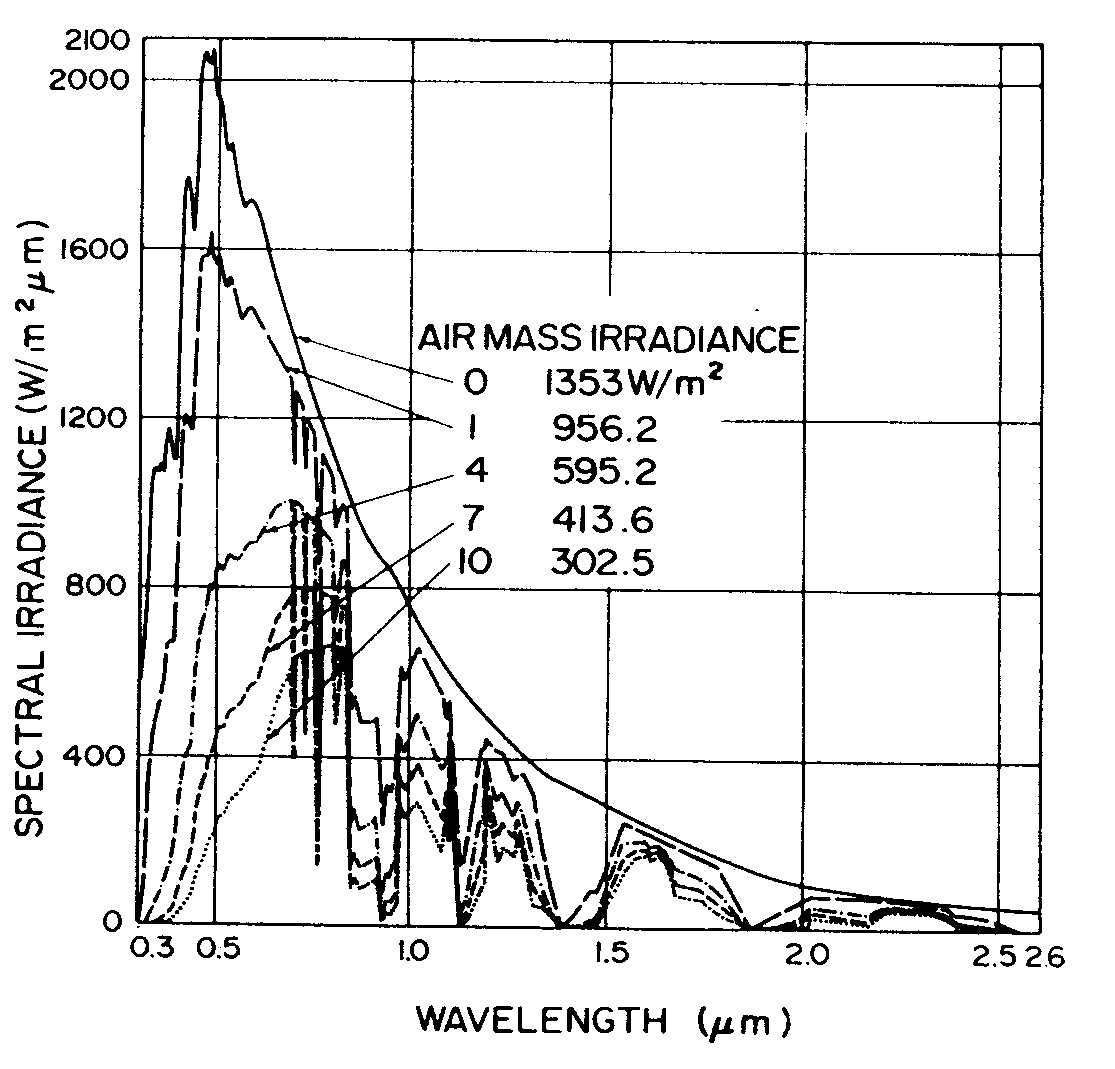
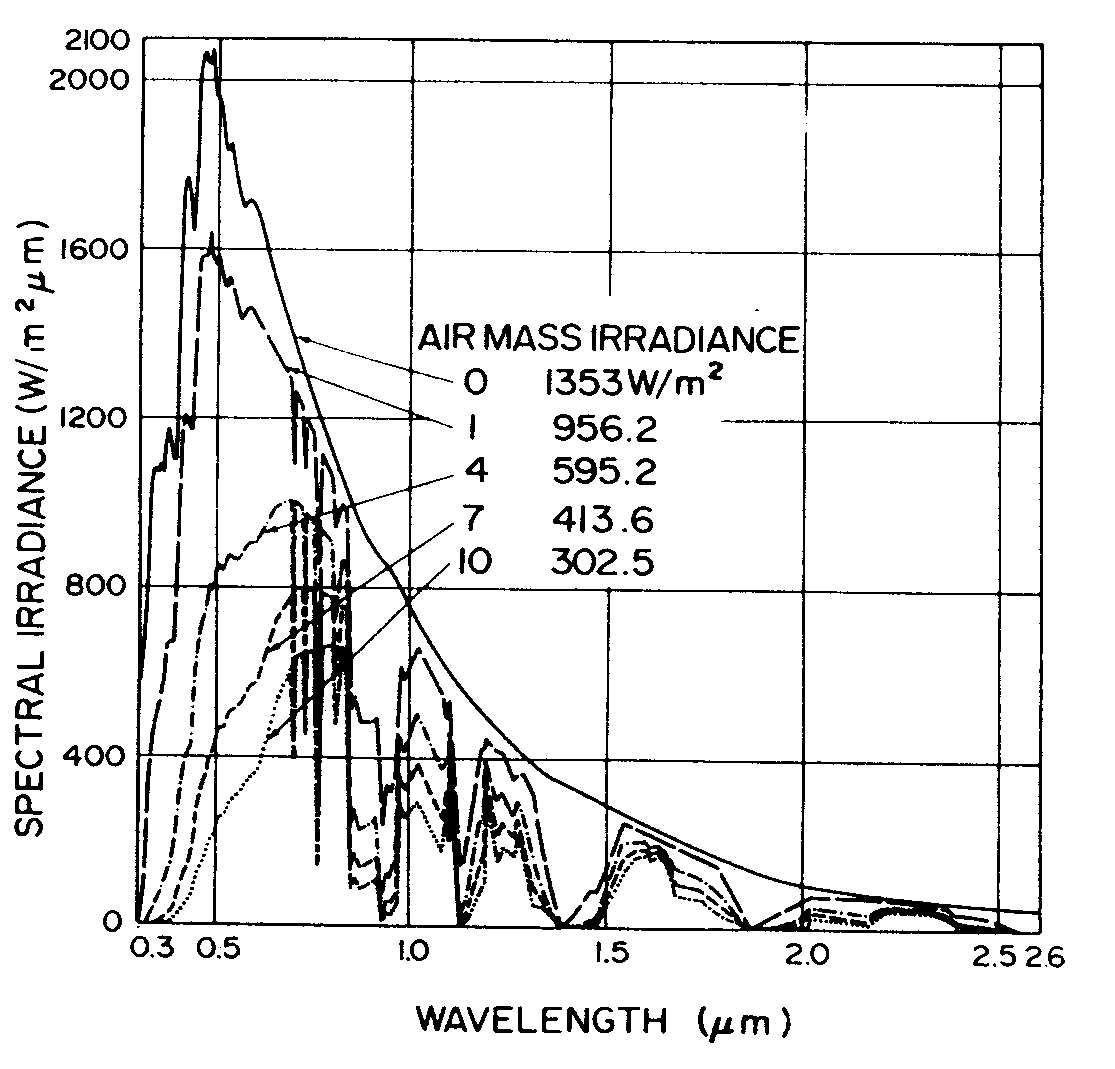
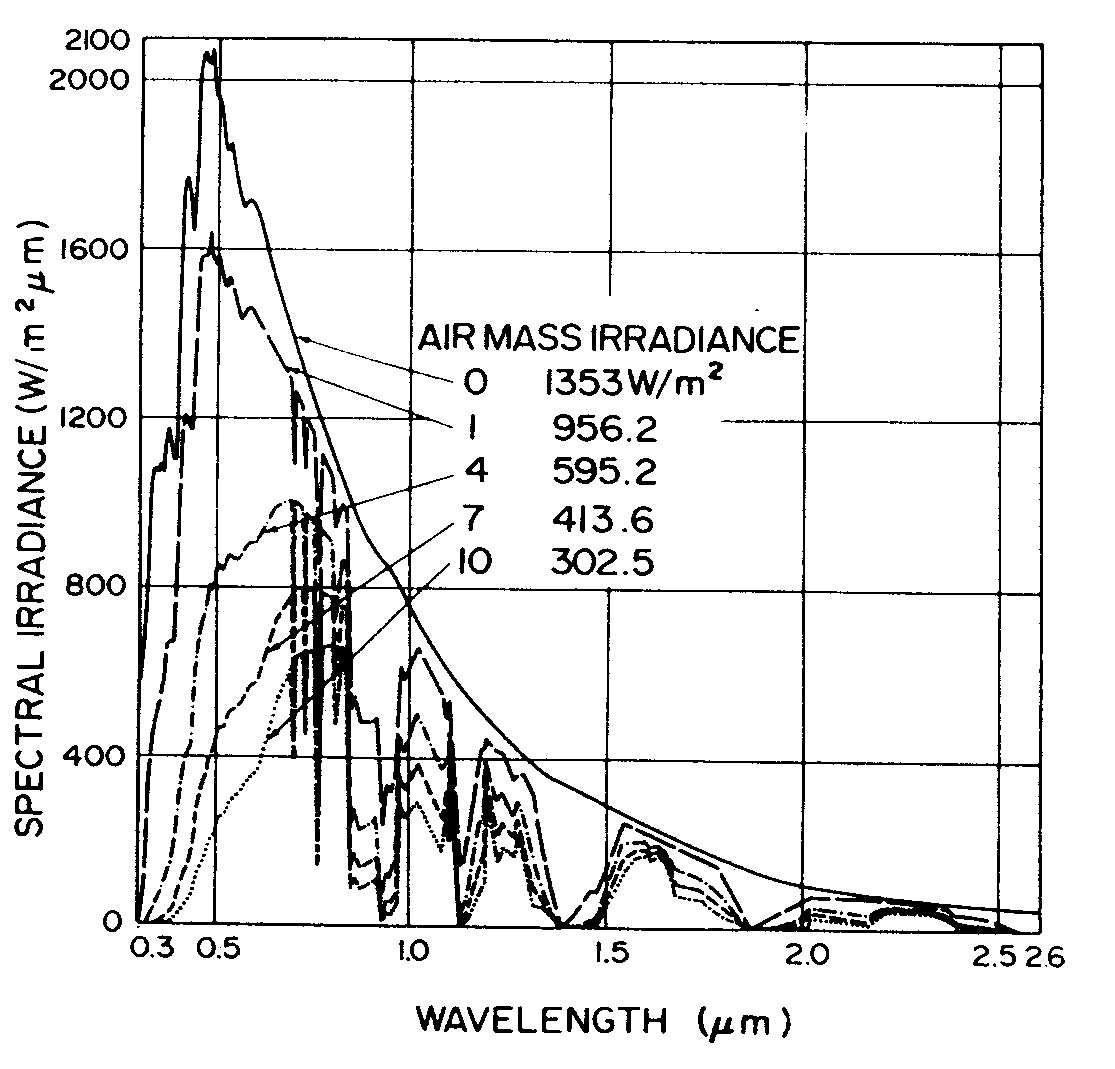
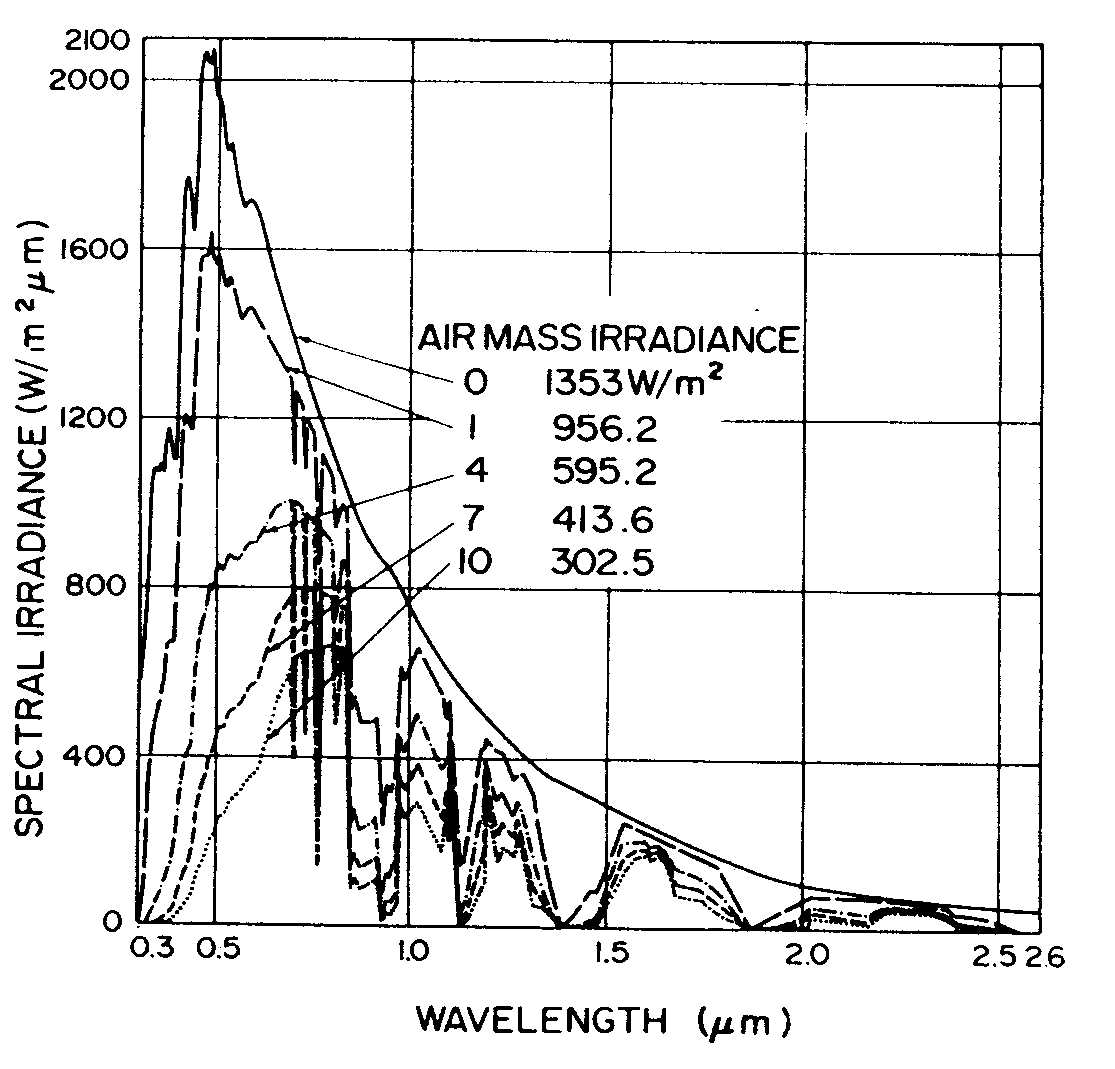
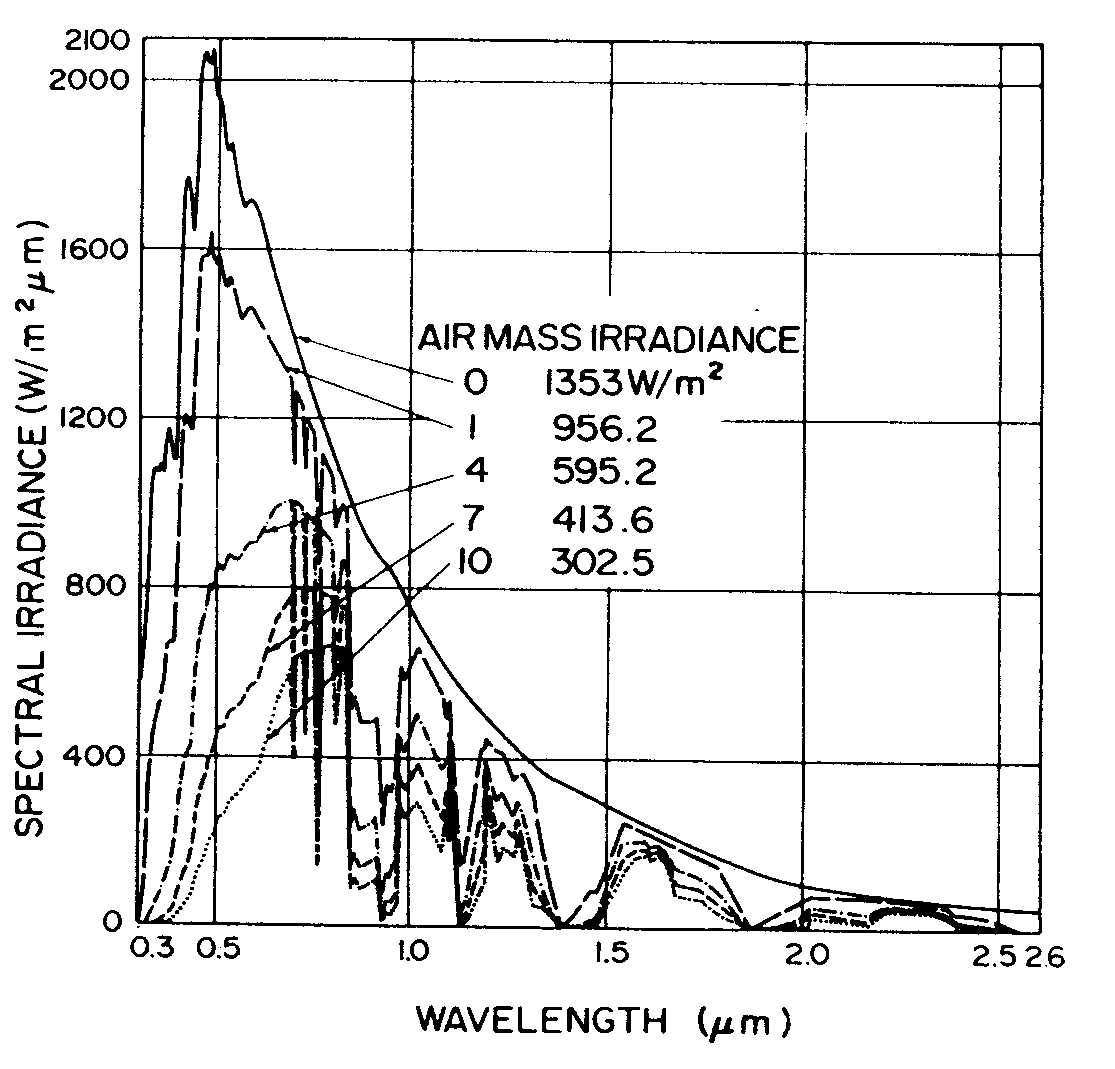
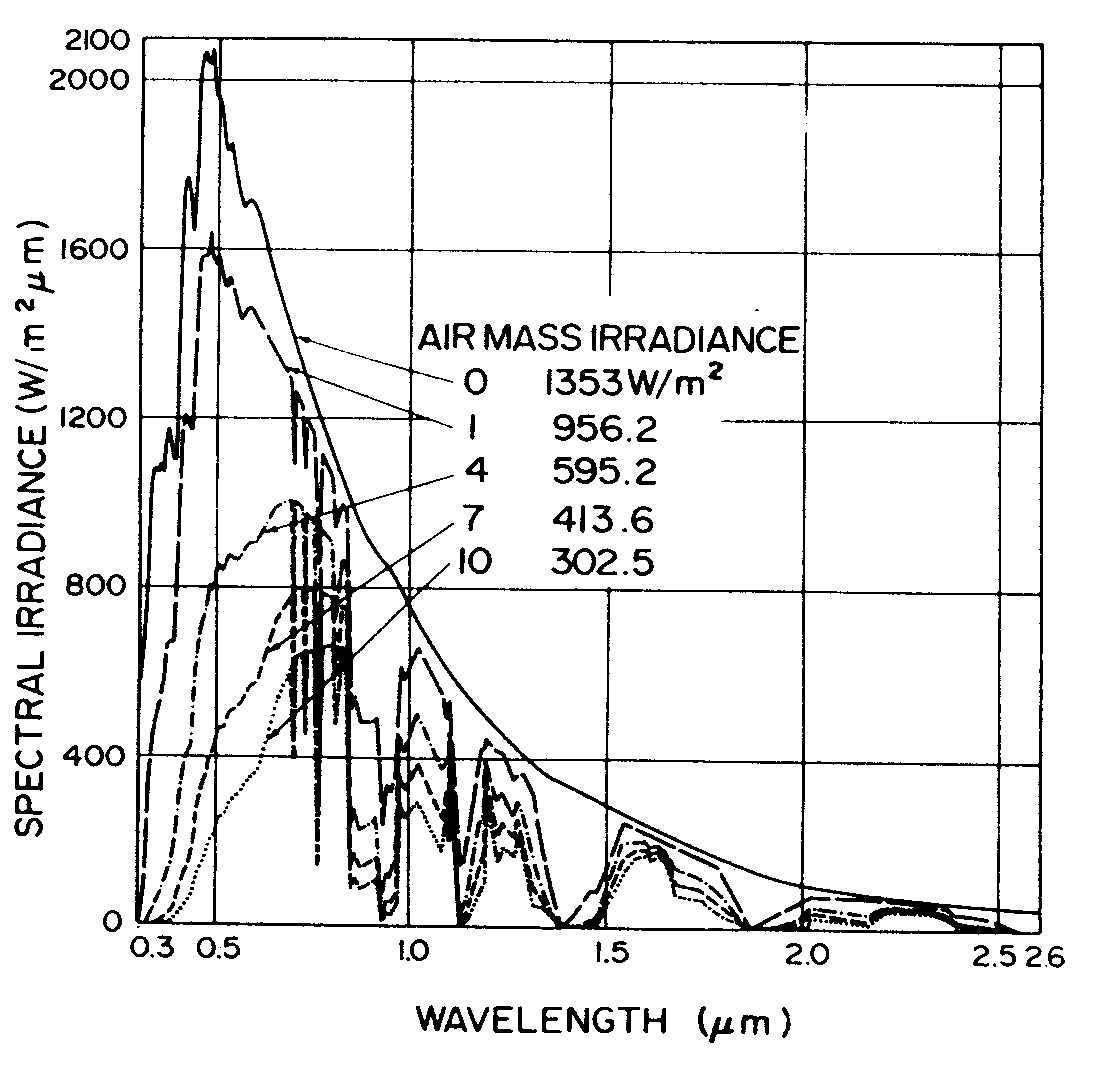
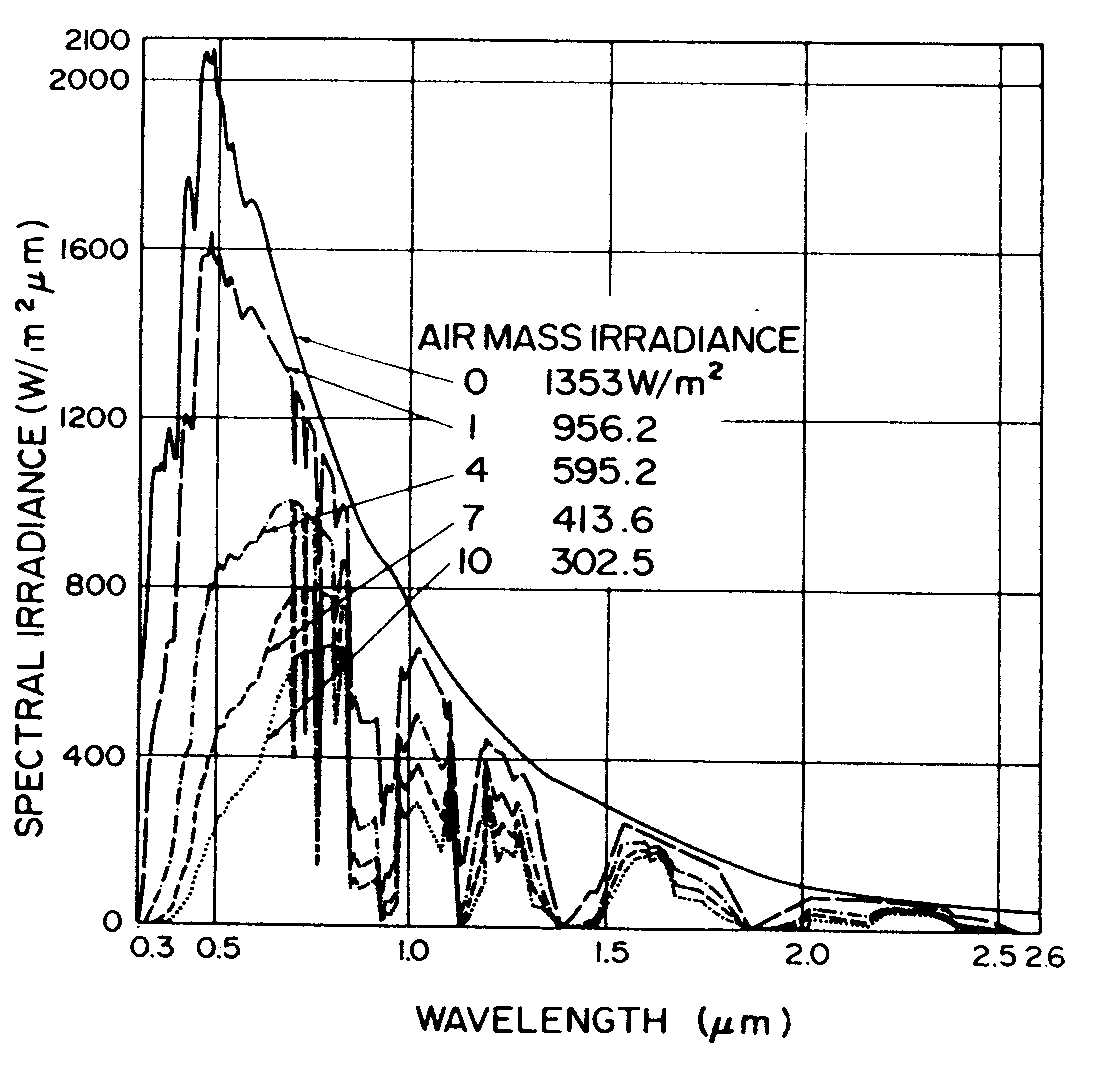














Comments